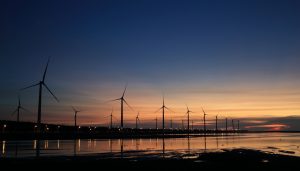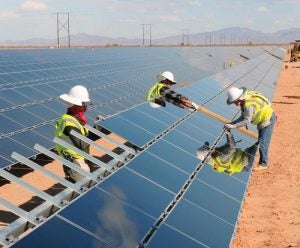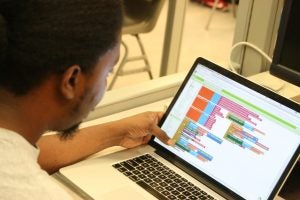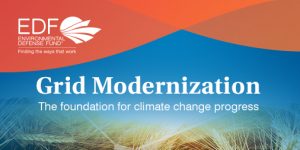 The following is an excerpt from Tesla, Inventor of the Modern, a new book by Dick Munson published in May 2018.
The following is an excerpt from Tesla, Inventor of the Modern, a new book by Dick Munson published in May 2018.
Nikola Tesla gave us the electric motor, long-distance electricity transmission, radio, robots, and remote control — the very foundations of our modern economy. Perhaps less well known is that he also was a clean-energy pioneer, and he remains an inspiration to today’s solar and battery entrepreneurs, including Elon Musk, who views him as a hero and contributed $1 million to help restore Tesla’s laboratory on Long Island.
Tesla marked his clean-energy leadership with a 1900 article in The Century — then the nation’s largest-circulation periodical. Published 118 years ago, “The Problem of Increasing Human Energy, with Special References to the Harnessing of the Sun’s Energy” was one of the earliest, detailed looks at capturing power from the sun and wind.
At his core, Tesla appreciated efficiency and hated energy waste, complaining that we “do not utilize more than 2 percent of coal’s energy” to make electricity. “The man who should stop this senseless waste would be a great benefactor of humanity,” he declared. Read More














